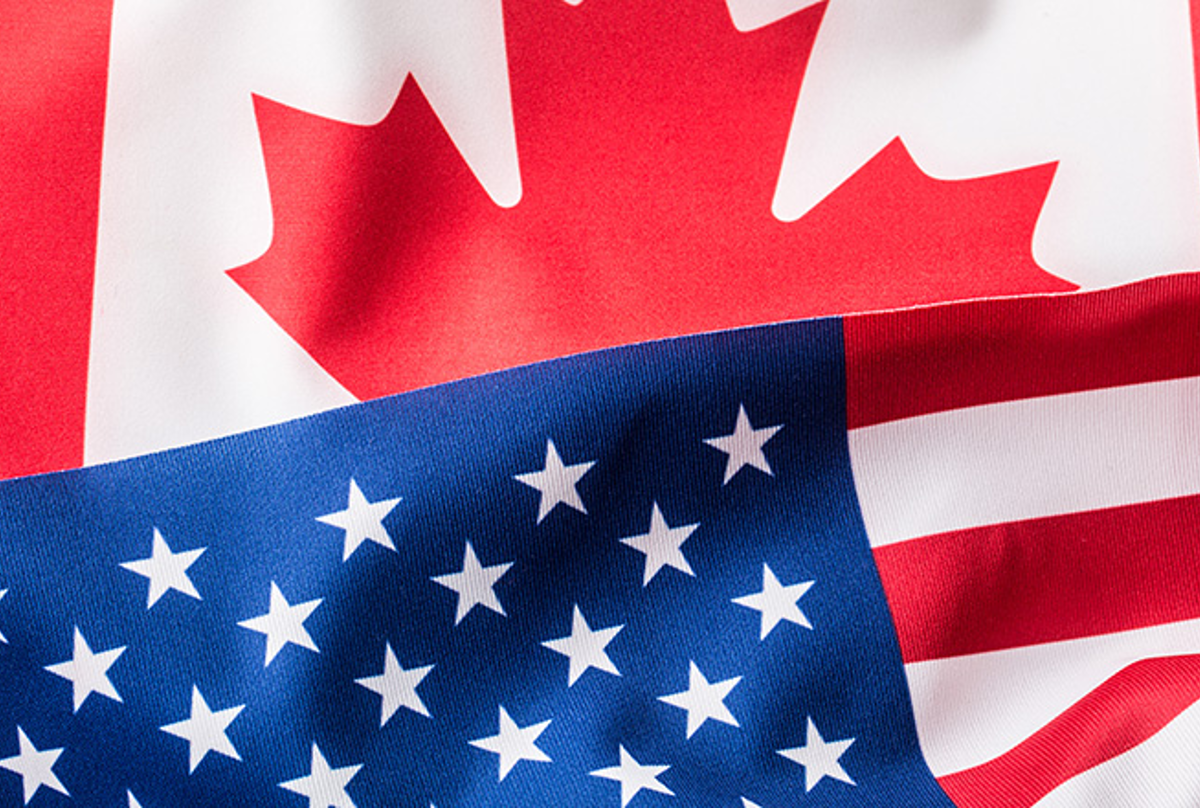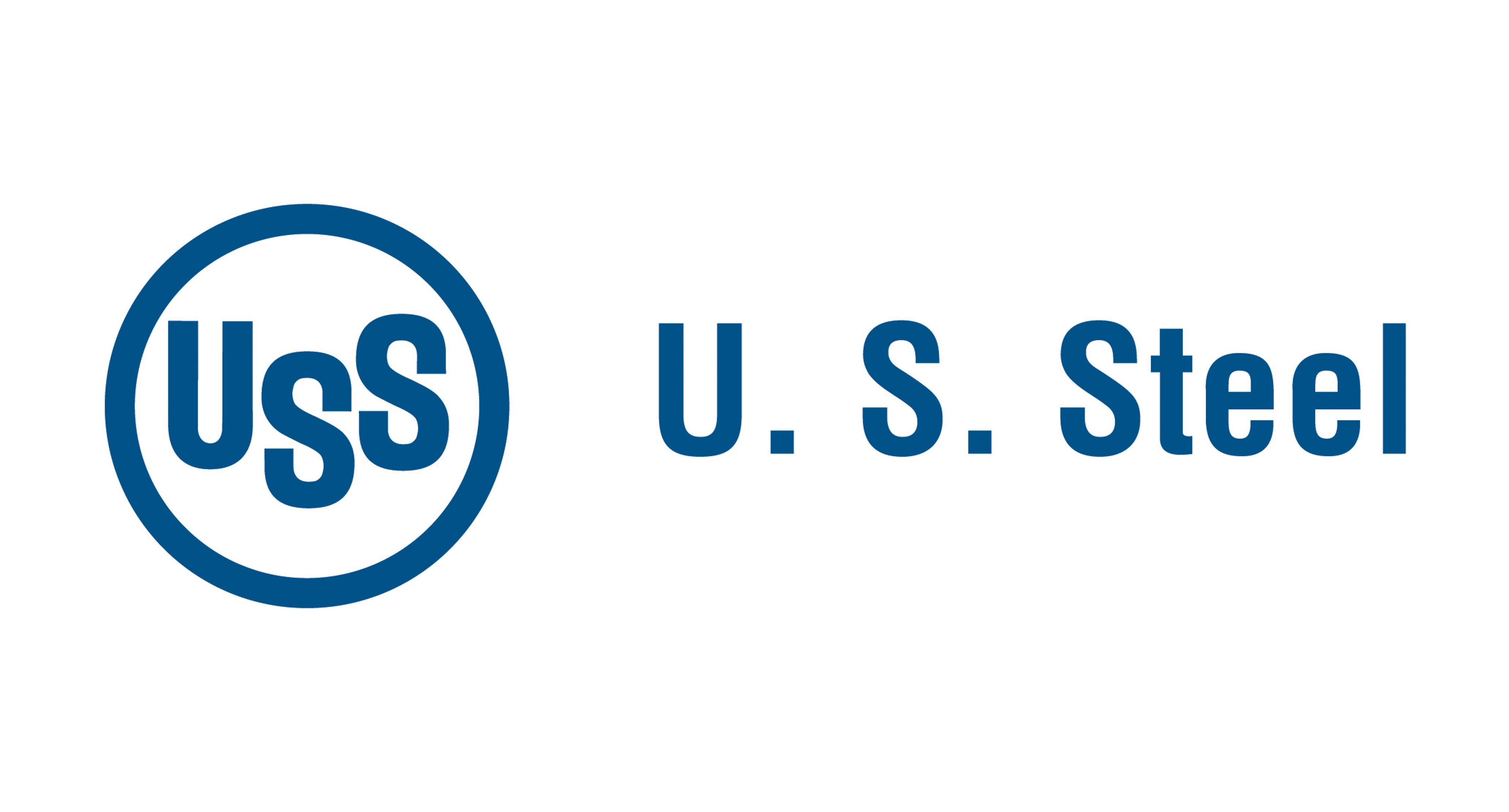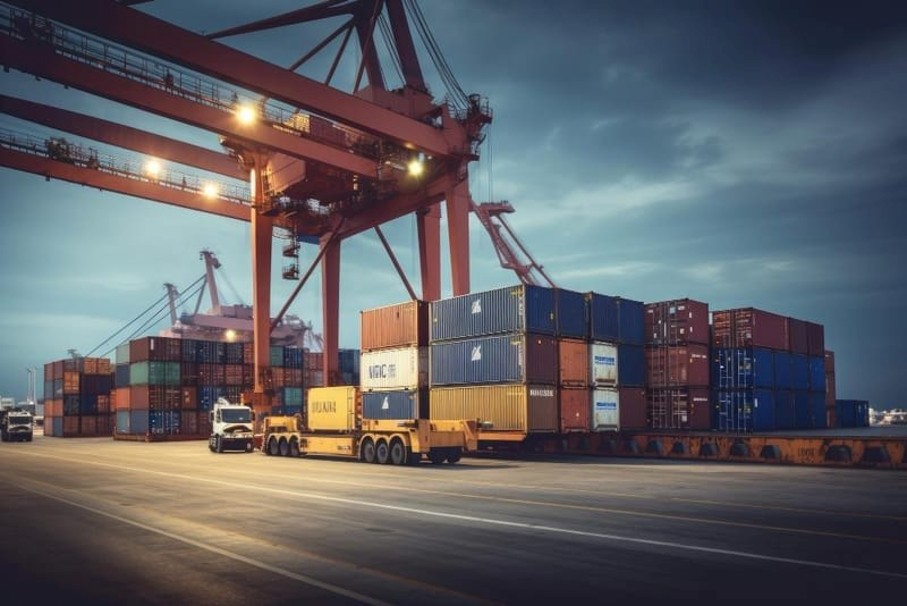Government/Policy

May 29, 2025
Trump tariffs face battle as court rejects legality
Written by Laura Miller
The “on again, off again” Trump tariff train continues to chug along, with several important court rulings this week.
CIT rules many Trump tariffs are unlawful
The US Court of International Trade (CIT) ruled on Wednesday that the International Emergency Economic Powers Act of 1977 (IEEPA) invoked by Trump does not give the president “unbounded authority” to “impose unlimited tariffs on goods from nearly every country in the world.”
The CIT ultimately said, “IEEPA does not authorize any of the Worldwide, Retaliatory, or Trafficking Tariff Orders” and ordered that they be blocked. This includes the 10% global baseline tariff, reciprocal tariffs, and drug-related tariffs on China, Canada, and Mexico.
The court’s ruling does not affect Section 232 tariffs on steel, aluminum, and autos. Those will remain in place regardless of the courts’ final decisions.
Trump administration appeals
The Trump administration immediately appealed the court order Thursday morning.
“IEEPA clearly authorizes these tariffs,” the administration argued in its appeal.
The appeal included declarations from Secretary of State Marco Rubio, Secretary of the Treasury Scott Bessent, Secretary of Commerce Howard Lutnick, and United States Trade Representative Jamieson Lee Greer. The cabinet members describe what they deem would be “catastrophic harm to American foreign policy and national security that would ensue from granting the relief.”
The US Court of Appeals for the Federal Circuit granted the administration’s request, providing an immediate administrative stay while the courts consider the cases.
This means the worldwide, retaliatory, and trafficking tariffs remain in effect for the time being.
How much have US importers paid in Trump tariffs?
Through April, the US has collected over $13 billion in IEEPA-related tariffs, excluding Section 232. That includes $7.89 billion on goods imported from China and Hong Kong, $2.87 billion on goods from Mexico, $1 billion from imported Canadian goods, and $1.23 billion from 10% reciprocal tariffs.
As for Section 232 tariffs, US Customs and Border Protection collected $3 billion in levies in the first four months of this year. That included $1.26 billion from steel, $767 million from aluminum, and $1.15 billion from automobile imports.
Key takeaways for steel
The Section 232 tariffs remain unaffected by this week’s rulings and are not expected to be eliminated anytime soon. Steel importers should continue anticipating paying the 25% levies.
The blanket, reciprocal, and trafficking tariffs were briefly off again this week but are now back on for now. Importers should continue to expect to pay these taxes but keep a close eye on developments from the courts.







